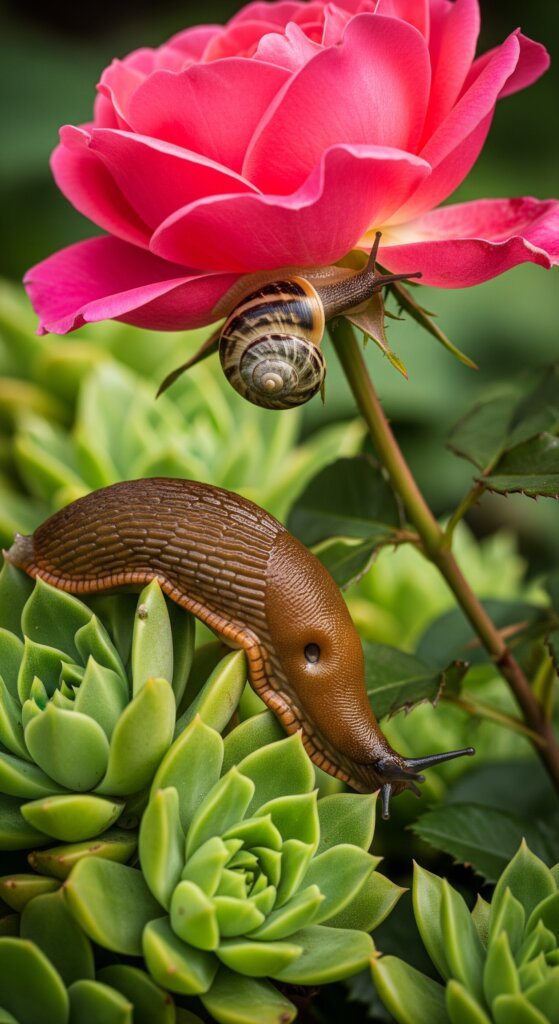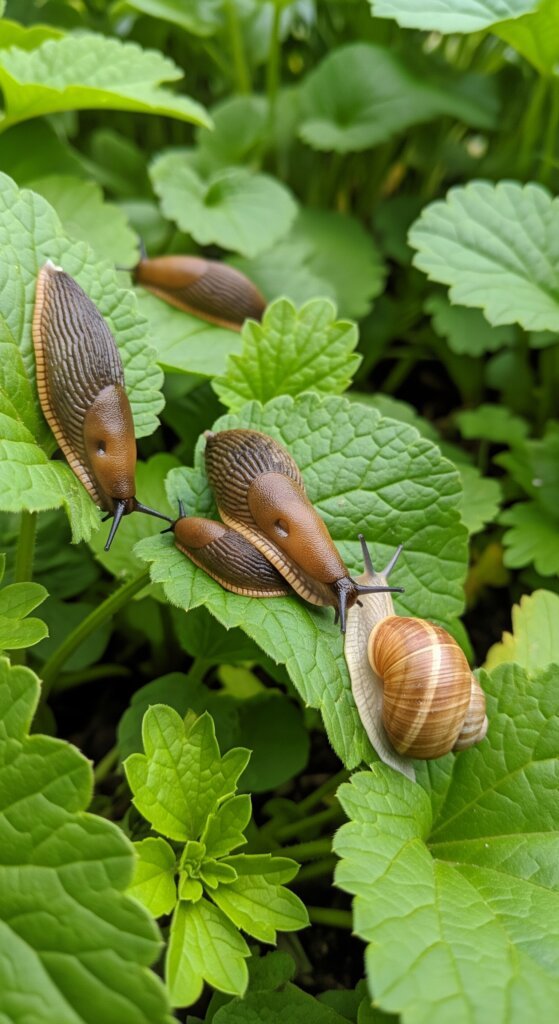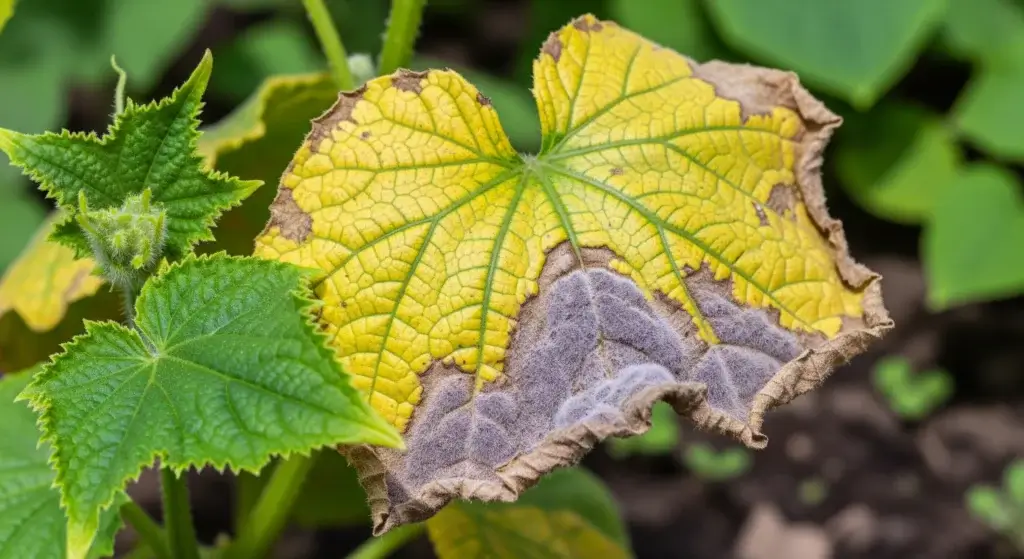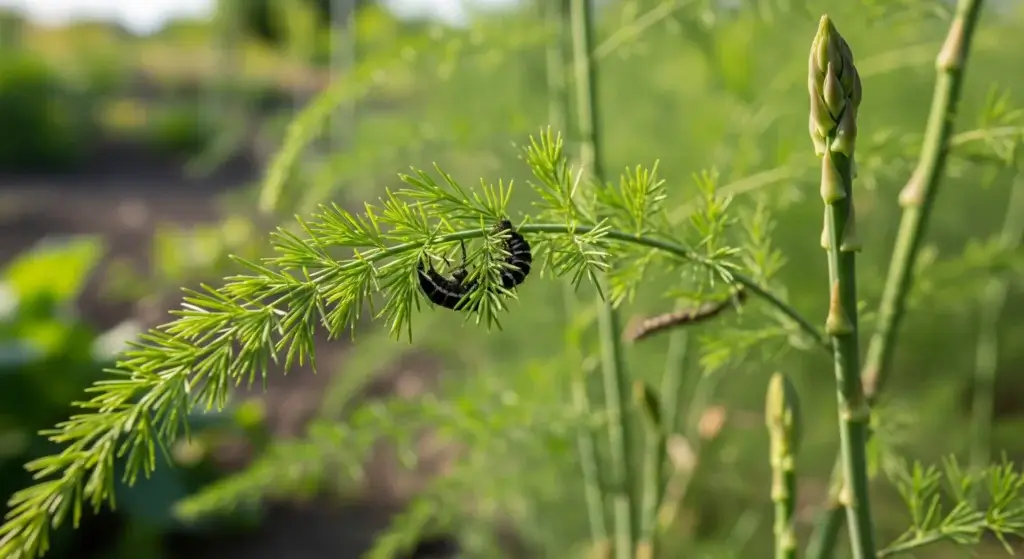
You stroll into your garden expecting beauty—but instead, you find shredded leaves and shiny slime trails.
Slugs and snails? Yeah, those sneaky little snackers strike again.
These slimy villains love damp weather and don’t quit.
But don’t worry—if you want to save your plants without turning your garden into a chemical battlefield, I’ve got your back.
Here’s the lowdown on natural, easy, and kid- and pet-safe ways to kick those slimy freeloaders out.
Ready to make your garden slug-free and fabulous? Let’s get to it!
Why Avoid Chemical Slug Killers?
Before we jump into slug-fighting hacks, let’s talk about why ditching chemical slug pellets is the smart move:
Safer for pets and wildlife
Those store-bought pellets often pack metaldehyde—a nasty toxin that’s basically a villain for your dogs, cats, birds, and even your local hedgehogs.
Nobody wants their furry or feathered friends playing slug roulette.
Better for soil health
Chemicals can mess with the tiny underground party—your soil microbes.
Kill the good bugs, and you risk turning your garden into a no-fun zone with tired, less fertile dirt.
Think of it as killing the DJ at your garden’s dance floor.
Protects beneficial insects and pollinators
Bees, ladybugs, and butterflies? Total garden celebrities.
Natural slug control keeps your pests in check without booting the good guys from the party.

10 Eco-Friendly Ways to Stop Slugs and Snails
1. Copper Tape: Nature’s slug repellent
Copper gives slugs and snails a tiny electric “zap” (not enough to fry them, but definitely enough to say, “Nope, thanks!”).
It’s like a security system for your plants—slimy trespassers beware.
How to use:
Wrap copper tape around the edges of your raised beds, pots, or greenhouse shelves.
Pro tip: Make sure no soil is bridging over the tape—slugs are crafty and will sneak through even the tiniest gap.
Bonus: Copper tape is reusable and built to last, so it’s a one-time splurge that keeps working like a charm.
2. Diatomaceous Earth: The microscopic barrier
Diatomaceous earth (DE) is basically fossilized algae turned into a super-fine powder.
To us, it’s harmless dust; to slugs, it’s like walking across a field of microscopic shards.
How to apply:
Sprinkle it around your plant bases and remember to reapply after rain or watering—because DE washes away faster than you can say “slimy snack attack.”
Science says: According to the University of California IPM program, DE damages the slug’s outer layer, causing dehydration. It’s like a natural salt scrub, but way less relaxing for them.
3. Crushed eggshells or sand
Slugs and snails hate rough roads.
Crushed eggshells or coarse sand act like a bumpy obstacle course, making their slimy crawl a real pain—and convincing them to look elsewhere.
How to use:
Just sprinkle a layer around your plants—eggshells, sand, or even coffee grounds work.
Bonus points: eggshells sneak in some calcium to keep your soil happy and strong.
4. Beer traps: Bait and eliminate
Slugs are basically party animals drawn to beer’s yeast. They crawl in for a drink and… well, they don’t crawl out. It’s the ultimate party foul for them.
How to make one:
Dig a shallow hole, pop in a container (yogurt cups work great), and fill halfway with beer.
Check it daily and refresh to keep the party going.
Pro tip: Don’t want to waste your favorite brew? Mix up a budget-friendly, non-alcoholic yeast trap with water, sugar, and baker’s yeast. Slugs don’t judge.
5. Encourage Natural Predators
Nature’s pest control squad:
- Frogs and toads love chilling in damp, shady spots like rock piles or ponds—perfect slug snack zones.
- Hedgehogs are basically the slug-eating ninjas of the garden. Leave them leaf piles or set up a cozy hedgehog house and watch them work.
- Ducks and chickens aren’t just backyard cuties—they’re your feathered slug assassins if you have them roaming free.
6. Garlic spray: A homemade slug repellent
Crush a few garlic cloves, boil them in water for 10–15 minutes, then strain and dilute the magic potion 1:10 with water.
Spray it around your plant bases like you mean it.
Why it works:
Slugs hate the smell—it throws them off without messing with your plants. It’s like garlic breath, but for garden defense.
Pro tip: Spray in the evening when slugs are out for their nightly snack. Timing is everything in this slug soap opera.

7. Coffee grounds: Caffeine kills
Science backs it up—USDA research shows caffeine is basically slug poison at high doses.
Who knew your morning brew could moonlight as slug kryptonite?
How to use:
Sprinkle used coffee grounds around your garden beds.
Bonus: it keeps slugs at bay and feeds your soil slowly. Double win.
8. Manual collection (Yes, it works!)
Grab a flashlight and gloves, hit the garden at dawn or dusk, and start your slug roundup.
It’s like a slimy treasure hunt, but you’re the hero.
What to do with your slimy haul:
- Relocate them way far from your garden (no slug Airbnb here)
- Feed them to your backyard chickens (they’ll say thanks)
- Drop them in soapy water for a quick “game over”
For best results, pair this hands-on tactic with traps or barriers.
Because sometimes, you’ve gotta get your hands dirty to win the slug wars.
9. Plant decoys or sacrificial plants
Slugs have their favorite foods—kind of like that one friend who always hits up the same pizza place.
Use plants like marigolds, lettuce, or nasturtiums as bait, planting them away from your prized veggies.
The slugs go for the decoys while you protect the real MVPs.
Pro tip: Check those decoy plants often and evict the slimy squatters before they throw a party.
10. Watering in the morning
Slugs and snails thrive in cool, damp spots—basically your garden after an evening watering.
Watering at night? You’re basically setting out a neon sign: “Slugs Welcome!”
What to do:
Water early in the morning so the sun dries things up by nightfall.
Bonus points if you improve drainage with mulch or raised beds—making your garden less like a slug spa and more like a no-vacancy zone.
Bonus: What Not to Do
- Salt might seem like a quick fix, but it’s a total soil killer. Your garden deserves better than a salty apocalypse.
- Skip synthetic slug pellets with metaldehyde—they’re banned in many places for good reason (hello, wildlife casualties!).
- Don’t put all your eggs in one basket. Slugs are sneaky—one trick won’t cut it.

Best Practices: Combining Methods for Maximum Effect
Think of slug control like a high-tech home security system.
You wouldn’t just lock the front door and call it a day, right?
Mix it up with:
- Physical barriers like copper tape or crushed eggshells
- Nature’s pest patrol (frogs, hedgehogs, chickens)
- Slug bait and traps (beer traps, decoy plants)
- Regular patrols and slug roundups
This layered strategy keeps your garden safe, healthy, and slug-free—year after year.
Because when it comes to your plants, going all in is the only way to win.
Conclusion: Slug-Free Gardening Without the Guilt
No need for harsh chemicals to boot slugs from your garden party.
Use these 10 natural hacks to keep your plants happy and your soil healthy.
When slime trails show up, don’t panic—just whip out coffee grounds, garlic spray, or copper tape and send those pests packing.
Your celery—and Mother Earth—will give you a standing ovation.



